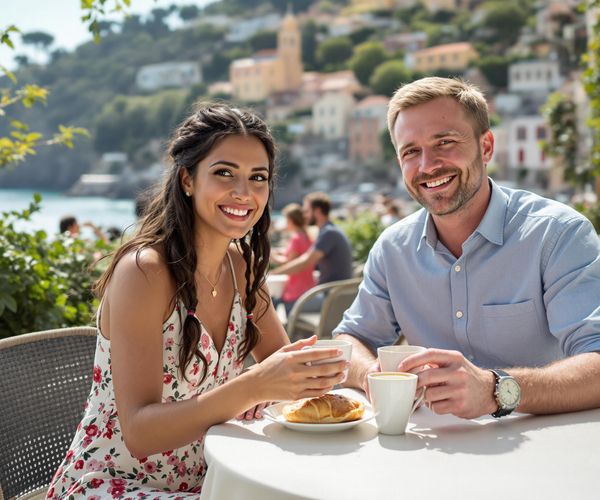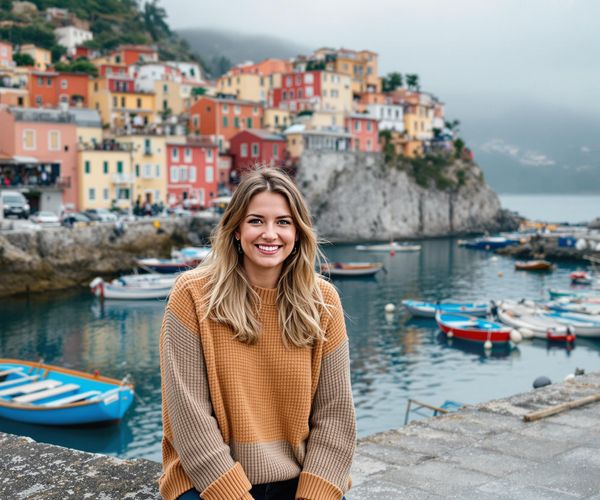
Cinque Terre: Italy's Coastal Gem
Discover Cinque Terre, a stunning Italian coastal gem with charming villages, breathtaking landscapes, delicious cuisine, and an authentic, timeless atmosphere.
Nestled along the rugged coast of the Italian Riviera, Cinque Terre is a picturesque destination that captures the hearts of all who visit. The name 'Cinque Terre' translates to 'Five Lands,' referring to the five charming villages of Monterosso al Mare, Vernazza, Corniglia, Manarola, and Riomaggiore. Each village offers its own unique charm, from colorful houses perched on cliffs to quaint harbors filled with fishing boats. The landscape of Cinque Terre is a breathtaking mix of steep hillsides, terraced vineyards, and crystal-clear waters. Hiking enthusiasts will find joy in the many trails that connect the villages, providing stunning views of the coastline and the Mediterranean Sea. For those who prefer a more relaxed pace, the train that runs between the villages is a convenient and scenic way to explore the area. The local cuisine is another highlight of Cinque Terre. Seafood lovers will be delighted by the fresh catch of the day, while those with a sweet tooth can indulge in the region's famous lemon desserts. Don't miss trying the local pesto, which is said to be some of the best in Italy. Cinque Terre's wines, particularly the crisp white wines, are also not to be missed. Despite its popularity, Cinque Terre retains an authentic and unspoiled charm. The villages have managed to preserve their traditional way of life, making visitors feel as if they've stepped back in time. Whether you're wandering through narrow streets, relaxing on a beach, or enjoying a meal with a view, Cinque Terre offers a magical experience that is hard to find elsewhere.
Local tips in Cinque Terre
- Visit during the shoulder seasons (spring or fall) to avoid crowds and enjoy milder weather.
- Wear comfortable shoes for hiking the trails between villages.
- Purchase a Cinque Terre Card for unlimited train and trail access.
- Try the local seafood dishes and pesto for an authentic culinary experience.
- Stay in one of the villages for a more immersive experience.
Cinque Terre: Italy's Coastal Gem
Nestled along the rugged coast of the Italian Riviera, Cinque Terre is a picturesque destination that captures the hearts of all who visit. The name 'Cinque Terre' translates to 'Five Lands,' referring to the five charming villages of Monterosso al Mare, Vernazza, Corniglia, Manarola, and Riomaggiore. Each village offers its own unique charm, from colorful houses perched on cliffs to quaint harbors filled with fishing boats. The landscape of Cinque Terre is a breathtaking mix of steep hillsides, terraced vineyards, and crystal-clear waters. Hiking enthusiasts will find joy in the many trails that connect the villages, providing stunning views of the coastline and the Mediterranean Sea. For those who prefer a more relaxed pace, the train that runs between the villages is a convenient and scenic way to explore the area. The local cuisine is another highlight of Cinque Terre. Seafood lovers will be delighted by the fresh catch of the day, while those with a sweet tooth can indulge in the region's famous lemon desserts. Don't miss trying the local pesto, which is said to be some of the best in Italy. Cinque Terre's wines, particularly the crisp white wines, are also not to be missed. Despite its popularity, Cinque Terre retains an authentic and unspoiled charm. The villages have managed to preserve their traditional way of life, making visitors feel as if they've stepped back in time. Whether you're wandering through narrow streets, relaxing on a beach, or enjoying a meal with a view, Cinque Terre offers a magical experience that is hard to find elsewhere.
When is the best time to go to Cinque Terre?
Iconic landmarks you can’t miss
Cinque Terre National Park
Discover the stunning landscapes and vibrant villages of Cinque Terre National Park, a UNESCO World Heritage site on Italy's breathtaking coast.
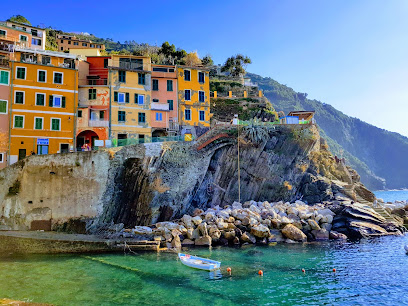
Nessun Dorma
Discover the culinary artistry of Nessun Dorma in Manarola, where authentic Italian flavors meet stunning coastal views.
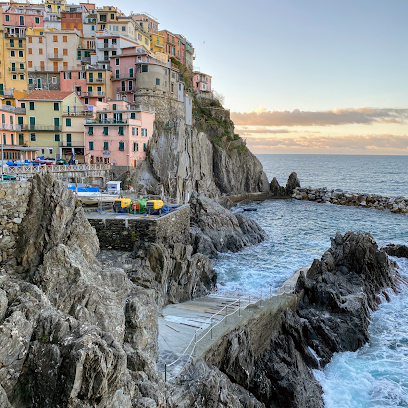
Castello di Riomaggiore
Explore the historic Castello di Riomaggiore, a medieval fortress offering stunning views and a glimpse into the rich heritage of the Cinque Terre coastline.
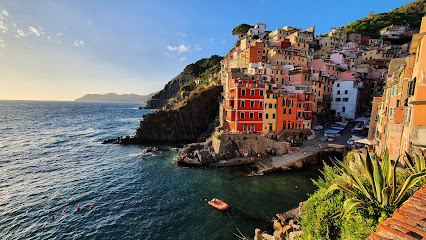
Ruins of Doria Tower
Discover the historic charm of the Ruins of Doria Tower in Vernazza, a UNESCO site offering breathtaking views and rich cultural heritage.
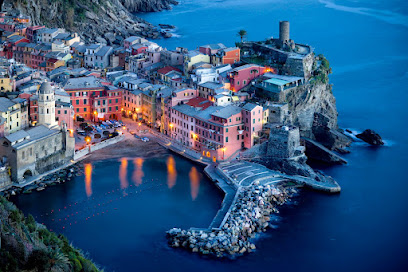
Grotta di Lord Byron
Experience the breathtaking beauty and literary charm of Grotta di Lord Byron, a coastal gem in Portovenere, Italy.

Statua del Gigante
Discover the enchanting Statua del Gigante in Monterosso al Mare, a monumental tribute to Neptune with stunning coastal views.
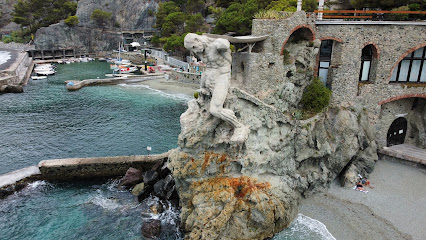
Ristorante L'Ancora della Tortuga
Experience the best of Italian cuisine with fresh seafood and stunning views at Ristorante L'Ancora della Tortuga in Monterosso al Mare.
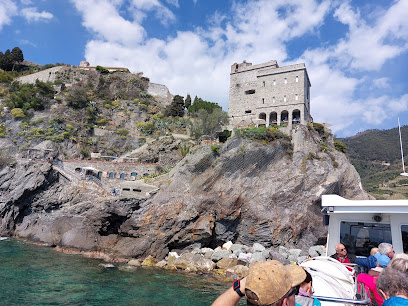
Sentiero Monterosso - Vernazza
Explore the breathtaking Sentiero Monterosso - Vernazza, a stunning coastal hiking trail in Cinque Terre, Italy, filled with scenic views and rich culture.
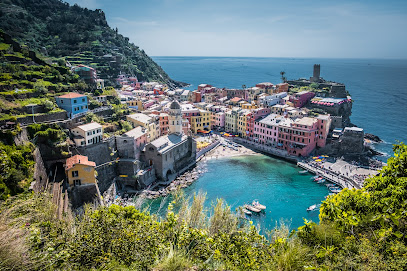
Monterosso
Experience the charm of Monterosso, a picturesque village in the Cinque Terre, renowned for its beautiful beaches and rich Italian culture.
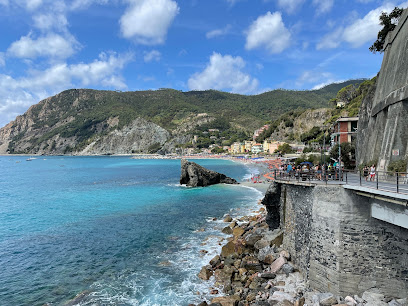
Torre Aurora
Experience the exquisite flavors of the Italian Riviera at Torre Aurora, a premier dining and cocktail destination in Monterosso al Mare.
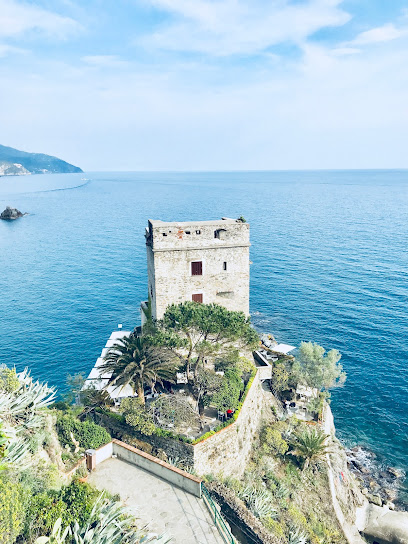
Enoteca Internazionale
Discover the finest wines and authentic Italian cuisine at Enoteca Internazionale in Monterosso al Mare, where every sip tells a story.
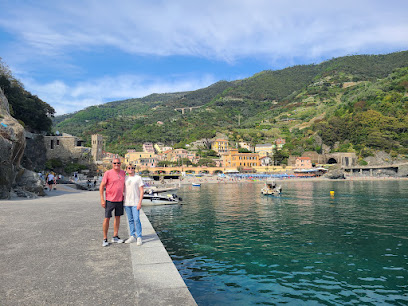
Bathing Resort Il Gigante Monterosso Al Mare
Experience the beauty and relaxation of Bathing Resort Il Gigante in Monterosso Al Mare, a perfect beach getaway in the stunning Cinque Terre.
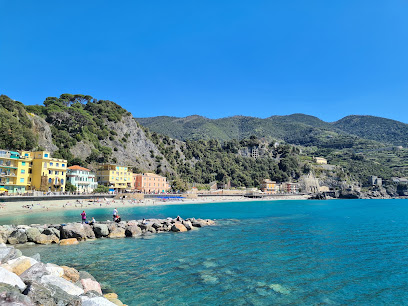
Parrocchia di S. Giovanni Battista
Discover the architectural beauty and serene ambiance of Parrocchia di S. Giovanni Battista, a must-see Catholic church in Monterosso al Mare.
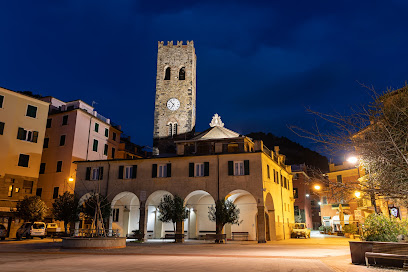
Monterosso public beach (Fegina)
Experience the sun-soaked beauty of Monterosso Public Beach, where golden sands meet the stunning Ligurian Sea in Cinque Terre.
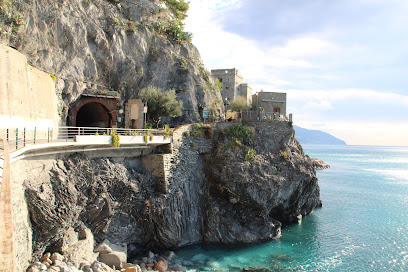
Cinque Terre Tourist Consortium
Explore the stunning coastal villages of Cinque Terre, where vibrant culture meets breathtaking natural beauty in Italy's picturesque Riviera.
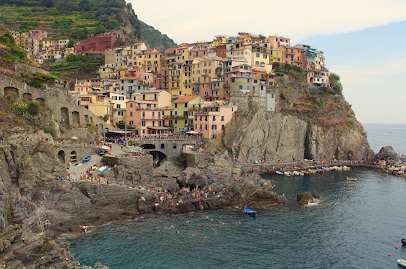
Unmissable attractions to see
Parco Naturale Regionale di Porto Venere
Explore the pristine landscapes and diverse wildlife of Parco Naturale Regionale di Porto Venere, a UNESCO World Heritage Site on the Ligurian coast.
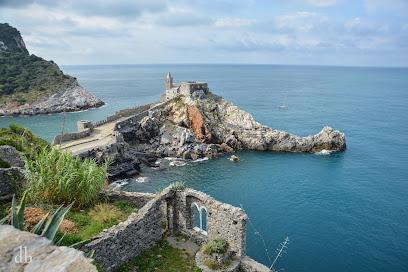
Spiaggia Levanto
Experience the golden sands and vibrant atmosphere of Spiaggia Levanto, a must-visit public beach on the Italian Riviera, perfect for relaxation and adventure.
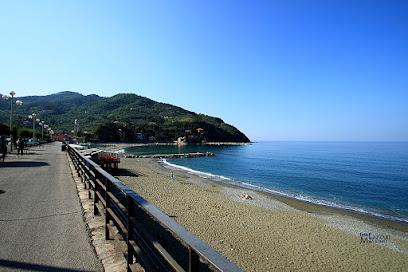
Abbazia di San Fruttuoso
Discover the serene beauty and rich history of Abbazia di San Fruttuoso, a breathtaking abbey nestled along the Ligurian coast in Italy.

Baia di Paraggi
Discover the breathtaking beauty of Baia di Paraggi, a hidden gem of the Italian Riviera, where turquoise waters meet soft sandy beaches.
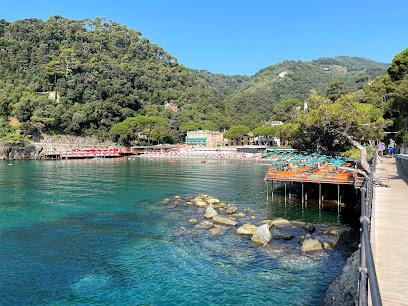
Chiesa di San Pietro
Discover the stunning Chiesa di San Pietro in Porto Venere, a breathtaking Romanesque church with captivating sea views and rich history.
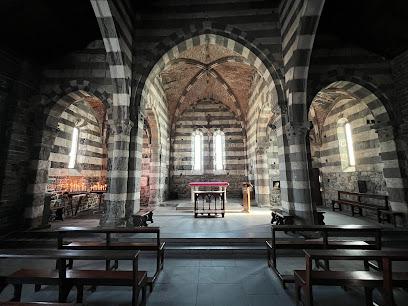
Castello di Riomaggiore
Explore the breathtaking Castello di Riomaggiore, a 13th-century fortress offering stunning views and rich history in the heart of Cinque Terre.
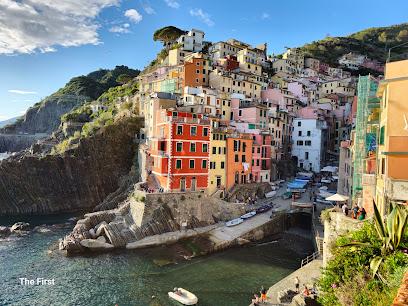
Ruins of Doria Tower
Discover the enchanting Ruins of Doria Tower in Vernazza, a historic castle offering breathtaking views and a glimpse into Italy's rich coastal heritage.
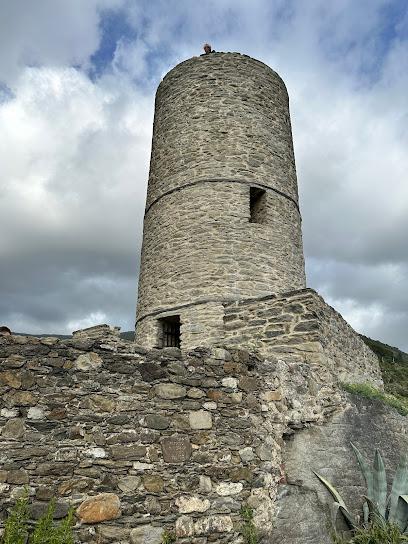
Castello San Giorgio
Discover the rich history and breathtaking views at Castello San Giorgio, a medieval castle and museum in La Spezia, Italy.
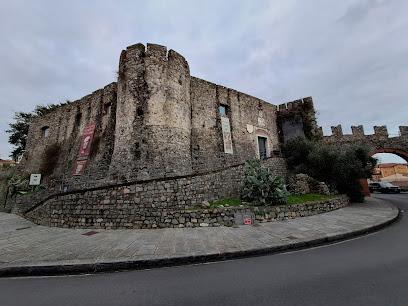
Castello Brown
Discover Castello Brown, a historic castle in Portofino offering stunning views, rich heritage, and serene gardens overlooking the Mediterranean.

Area Marina Protetta di Portofino
Experience the breathtaking biodiversity and stunning landscapes of Area Marina Protetta di Portofino, a true gem of the Italian Riviera.
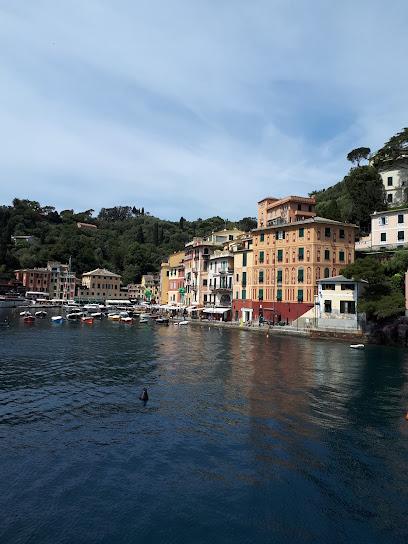
Cava Museo Fantiscritti
Explore the rich history of Carrara's marble at Cava Museo Fantiscritti, a unique museum and quarry experience in the stunning Apuan Alps.
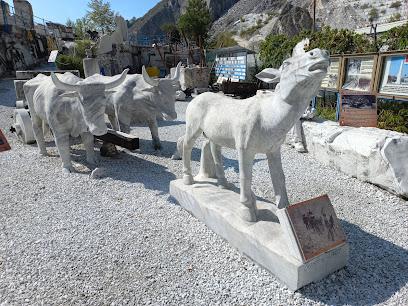
Rapallo Castle
Explore Rapallo Castle, a historical marvel on the Italian coast, where stunning views and rich history come together for an unforgettable experience.
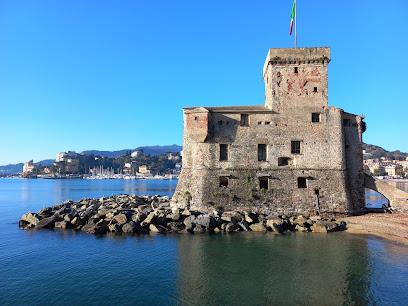
D-Marin Porto Mirabello Marina
Experience the luxurious charm of D-Marin Porto Mirabello Marina, your gateway to the stunning Ligurian coast and the enchanting Cinque Terre.
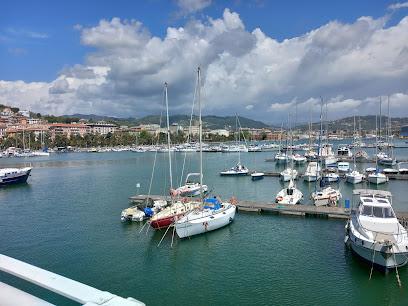
Castello San Giorgio di Lerici
Discover the enchanting Castello San Giorgio in Lerici, a historic castle with breathtaking views and rich cultural heritage.
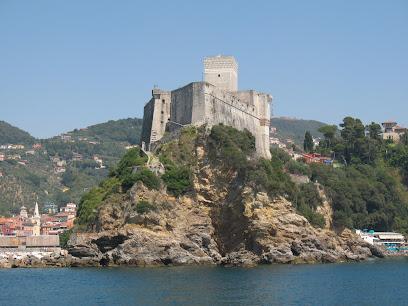
Grotta di Lord Byron
Explore the enchanting Grotta di Lord Byron in Porto Venere, a natural wonder that inspired a legendary poet amidst breathtaking coastal beauty.
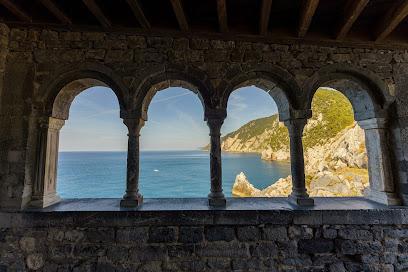
Essential places to dine
Nessun Dorma
Experience authentic Italian flavors with stunning coastal views at Nessun Dorma in Manarola.
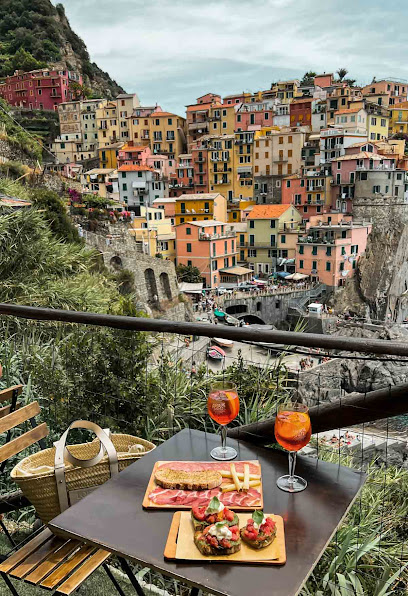
Trattoria dal Billy
Discover authentic Italian flavors and stunning coastal views at Trattoria dal Billy in Manarola, a must-visit destination for food lovers.
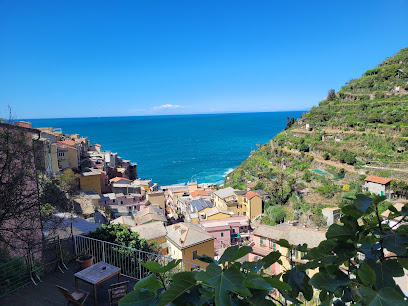
Da Eraldo
Experience authentic Italian flavors at Da Eraldo in Monterosso al Mare – a culinary gem with stunning sea views.
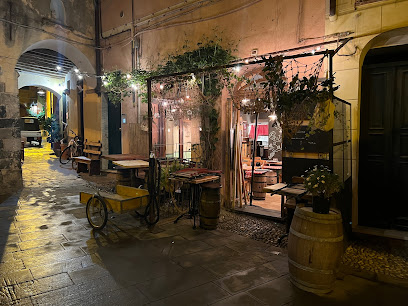
Il Pirata delle 5 Terre
Experience authentic Italian seafood at Il Pirata delle 5 Terre in Vernazza—where every dish tells a story and every view captivates.
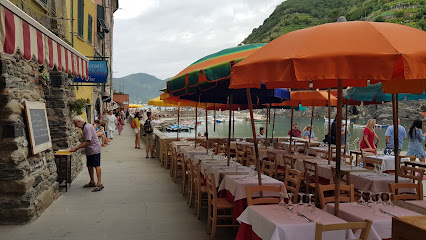
Ristorante La Torre
Experience authentic Ligurian flavors at Ristorante La Torre in Vernazza, where fresh seafood meets breathtaking coastal views.
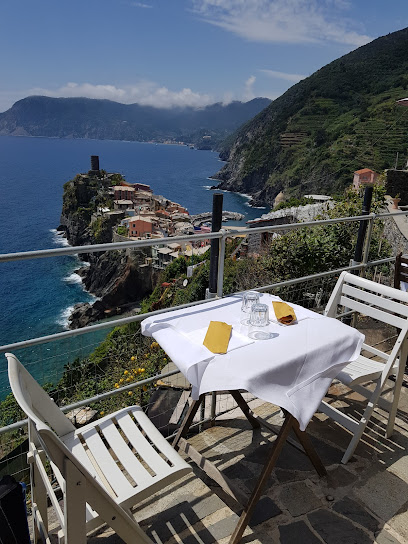
San Martino Gastronomia
Experience the best of Mediterranean cuisine at San Martino Gastronomia with fresh seafood and authentic Italian dishes in Monterosso al Mare.
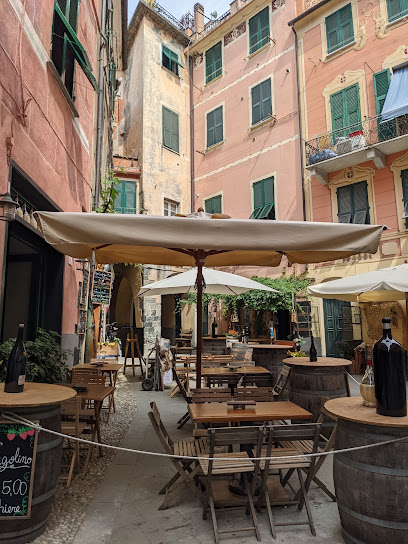
Pippo a Vernazza - Tradizione&StreetFood
Discover authentic Italian flavors at Pippo a Vernazza – where tradition meets street food in the heart of Liguria.
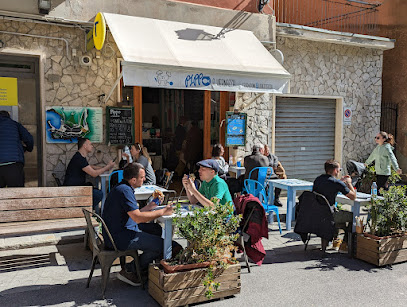
Belforte
Experience authentic Italian seafood at Belforte in Vernazza – where exquisite flavors meet stunning coastal views.
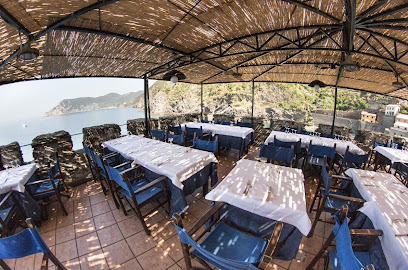
L’Osteria
Experience authentic Italian flavors at L’Osteria in Monterosso al Mare—where fresh seafood meets tradition in a charming coastal setting.
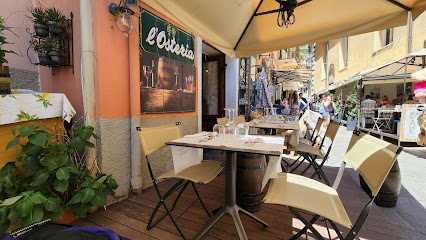
Miky
Experience authentic Italian cuisine at Miky in Monterosso al Mare – where fresh seafood meets breathtaking coastal views.
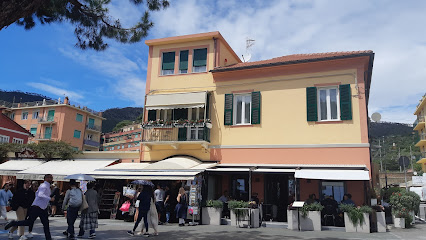
La Taverna di Monterosso
Experience authentic Italian flavors at La Taverna di Monterosso – where every dish tells a story from the heart of Cinque Terre.
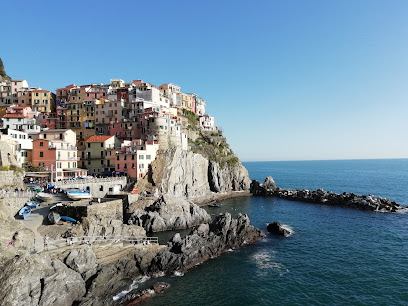
Trattoria La Scogliera
Discover authentic Italian flavors at Trattoria La Scogliera in Manarola, where fresh seafood meets breathtaking coastal views.
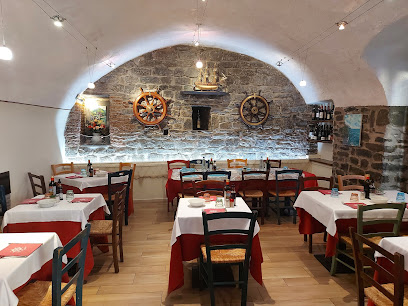
Ristorante Ciak
Experience authentic Italian and fresh seafood cuisine at Ristorante Ciak in Monterosso al Mare - a must-visit for food lovers.
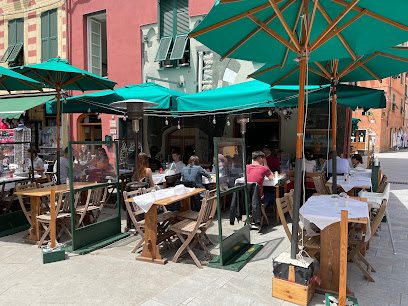
Bar e Vini a Pié de Ma
Discover Bar e Vini a Pié de Ma: A hidden gem in Riomaggiore offering exquisite wines and authentic Italian cuisine with breathtaking sea views.
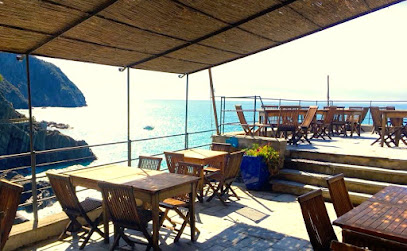
Ristorante L'Ancora della Tortuga
Experience authentic Italian seafood at Ristorante L'Ancora della Tortuga in Monterosso al Mare, where breathtaking views meet exquisite flavors.
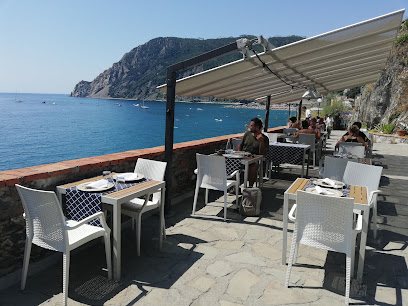
Markets, malls and hidden boutiques
I Trogi Wine Shop Riomaggiore
Explore the exquisite local wines and unique souvenirs at I Trogi Wine Shop, a must-visit destination in Riomaggiore, Cinque Terre.

Cinque Terre Trekking
Discover the Cinque Terre like never before with expert gear and guided tours at Cinque Terre Trekking.
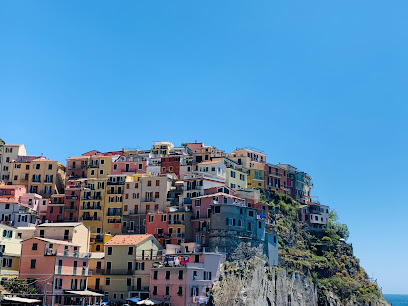
Fabbrica D'Arte Monterosso
Explore the enchanting world of handcrafted ceramics at Fabbrica D'Arte Monterosso, where artistry meets the charm of Monterosso al Mare.
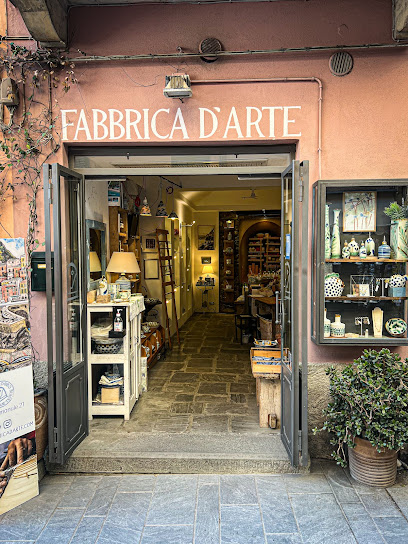
Pesto Lab Baico - Monterosso al Mare
Experience the authentic flavors of Italy at Pesto Lab Baico in Monterosso al Mare, renowned for its artisanal pestos and culinary delights.
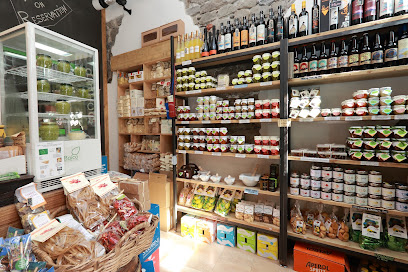
Brothers MONTEROSSO
Discover unique fashion pieces at Brothers Monterosso, a charming clothing store in the heart of Monterosso al Mare, perfect for stylish souvenirs.
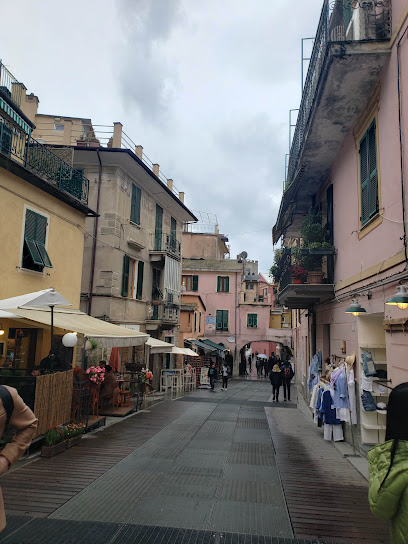
La Bottega
Discover authentic Italian wines and gourmet products at La Bottega in Vernazza, the heart of the Cinque Terre.
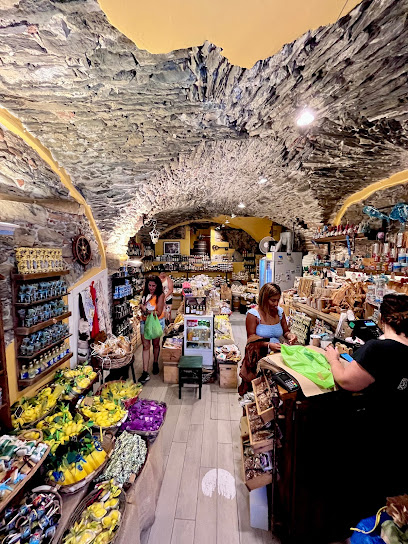
Cantina du Sciacchetra'
Explore Cantina du Sciacchetra' in Monterosso al Mare for a taste of authentic Italian wines and local delicacies in a cozy atmosphere.

Lanapo Cinque Terre - Monterosso
Explore Lanapo Cinque Terre in Monterosso for exquisite handcrafted sandals and chic Italian clothing, perfect for your Riviera adventure.
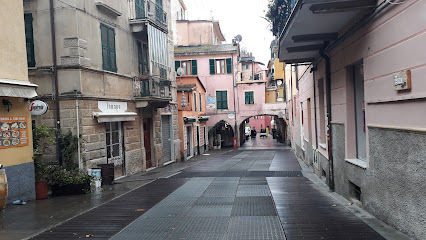
Explora Trekking Store
Explore the breathtaking landscapes of Cinque Terre with premium outdoor gear from Explora Trekking Store in Manarola.
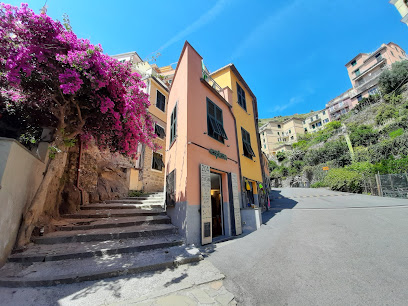
Enoteca Ciak
Discover the authentic flavors of Monterosso al Mare at Enoteca Ciak, a charming deli offering local delicacies and exquisite wines.
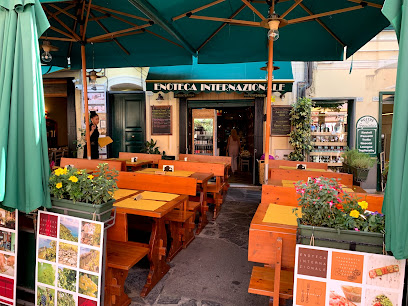
Manarola Boutique
Experience the essence of Manarola at Manarola Boutique, your go-to place for unique ceramics, jewelry, souvenirs, and local wines.
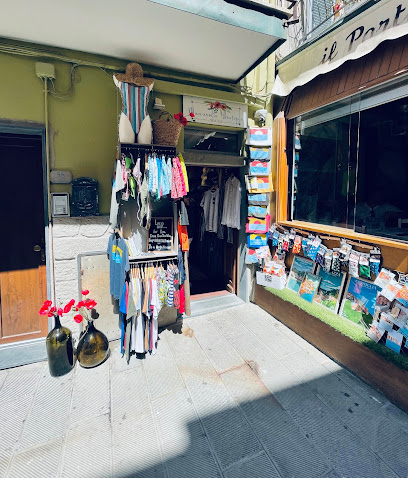
Retrovita 5 Terre
Explore unique vintage clothing at Retrovita 5 Terre, nestled in the charming coastal village of Monterosso al Mare.

Le Agavi preziosità e articoli da Regalo
Explore Le Agavi, the premier gift shop in Monterosso al Mare, offering unique handcrafted treasures and local delights for every traveler.
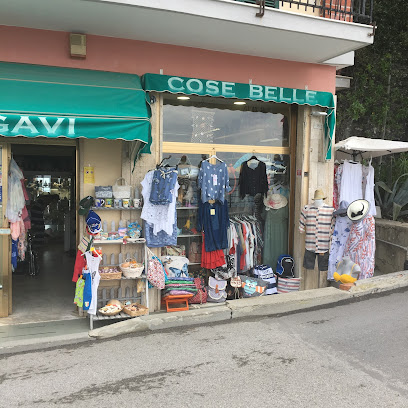
Acquamarina SOUVENIR
Explore Acquamarina Souvenir in Manarola for authentic gifts and local treasures that capture the spirit of Italy's stunning Cinque Terre.
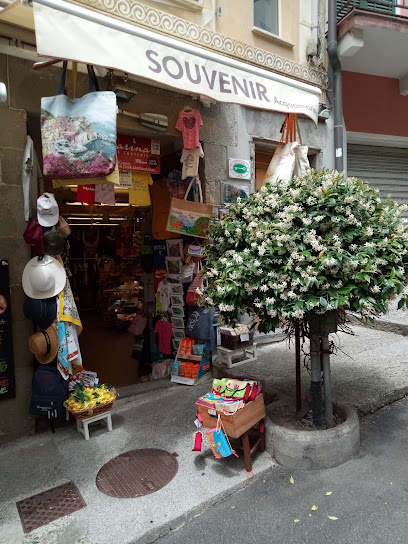
Katrina Italian Clothing Design
Discover the charm of Italian fashion at Katrina Italian Clothing Design in Vernazza, offering exquisite clothing, handbags, and accessories.

Essential bars & hidden hideouts
Il Sole a 180 Gradi
Discover Il Sole a 180 Gradi, a coastal bar in Cinque Terre offering stunning views, refreshing drinks, and a perfect spot to unwind.
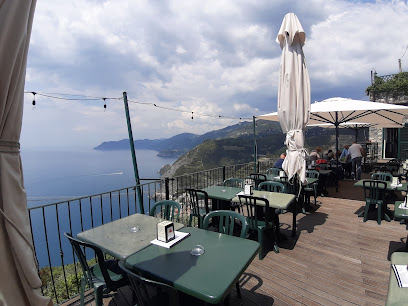
Bar e Vini a Pié de Ma
Experience the heart of Italian culture at Bar e Vini a Pié de Ma in Riomaggiore, where exceptional wines meet breathtaking coastal views.
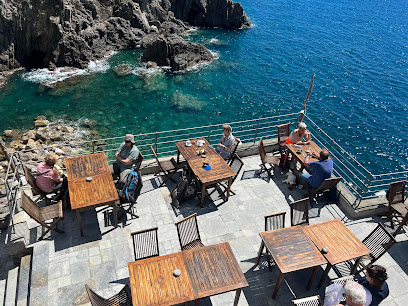
Torre Aurora
Experience the finest flavors of Monterosso al Mare at Torre Aurora, where exquisite cuisine meets stunning Mediterranean views.
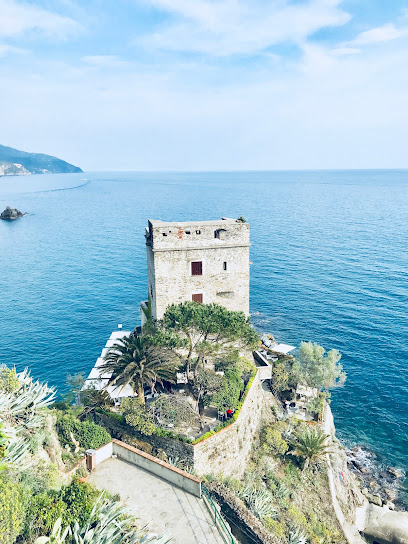
Old School Cocktails & Food
Discover the charm of Old School Cocktails & Food in Riomaggiore, where traditional cocktails meet modern culinary delights in a picturesque setting.
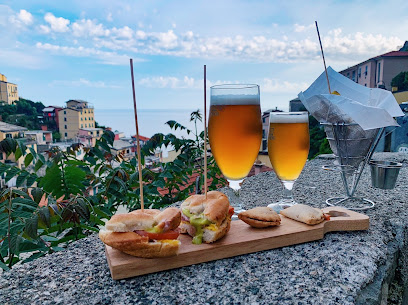
La Scuna Wine & Beer
Discover La Scuna Wine & Beer in Corniglia, where local wines, craft beers, and stunning views create an unforgettable experience.

La Conchiglia
Discover La Conchiglia, a cozy bar in Riomaggiore offering local wines and stunning coastal views, perfect for unwinding after a day of adventures.
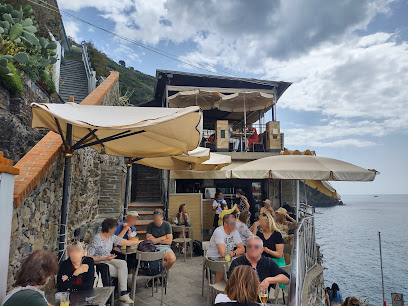
Enoteca Da Eliseo
Discover the exquisite taste of local wines and authentic Italian cuisine at Enoteca Da Eliseo, nestled in the scenic Monterosso al Mare.
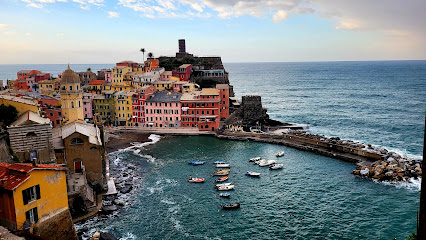
Blue Marlin Bar
Experience the vibrant spirit of Vernazza at Blue Marlin Bar, your go-to destination for cocktails, pizza, and unforgettable coastal views.
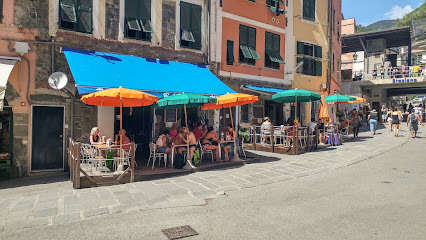
Bar Giò 5 Terre
Experience the authentic flavors of the Italian Riviera with breakfast, sandwiches, and fine wines at Bar Giò 5 Terre in Monterosso al Mare.
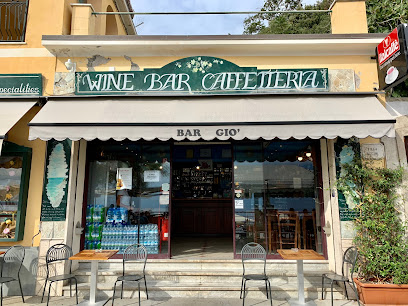
Terza Terra
Discover the charm of Terza Terra, a cozy bar in Corniglia offering exquisite local wines and breathtaking coastal views, perfect for every traveler.
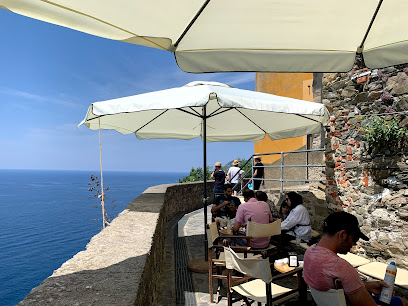
Lo Scalo Lounge Bar
Experience the vibrant flavors of Italy at Lo Scalo Lounge Bar in Riomaggiore - a perfect blend of cocktails, fast food, and breathtaking views.
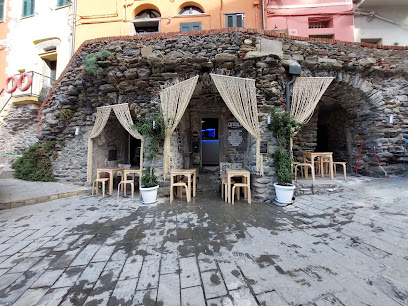
Fast Bar
Experience the vibrant rock music scene at Fast Bar, where delicious food and refreshing drinks await in the heart of Monterosso al Mare.

Midi Bar
Discover the charm of Midi Bar in Monterosso al Mare, where delightful pastries and refreshing drinks meet Italian hospitality in a stunning coastal setting.
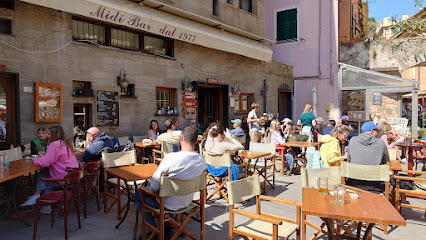
Vertical Lounge Bar
Discover the breathtaking views and vibrant atmosphere of Vertical Lounge Bar in Riomaggiore, your perfect coastal escape.
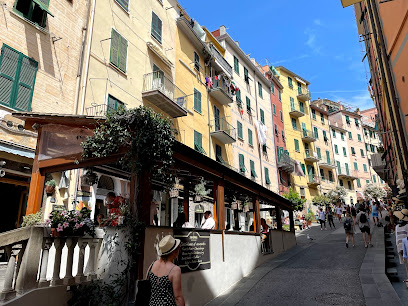
Terra Rossa wine&food winebar
Discover the exquisite flavors of local wines and authentic Italian cuisine at Terra Rossa Wine & Food Winebar in Corniglia.
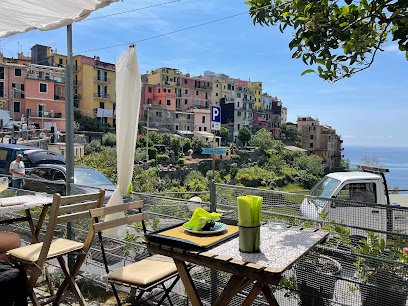
Travel experiences inspired by this city
Explore more travel diariesLocal Phrases
-
- HelloCiao
[chow] - GoodbyeArrivederci
[a-ree-veh-dehr-chee] - YesSì
[see] - NoNo
[noh] - Please/You're welcomePer favore/Prego
[pehr fah-voh-reh/preh-goh] - Thank youGrazie
[grah-tsee-eh] - Excuse me/SorryScusi/Mi dispiace
[skoo-zee/mee dee-spyah-cheh] - How are you?Come stai?
[koh-meh stai] - Fine. And you?Bene. E tu?
[beh-neh/eh too] - Do you speak English?Parli inglese?
[pahr-lee een-gleh-zeh] - I don't understandNon capisco
[non kah-pee-scoh]
- HelloCiao
-
- I'd like to see the menu, pleaseVorrei vedere il menù, per favore
[vohr-ray veh-deh-reh eel meh-noo/pehr fah-voh-reh] - I don't eat meatNon mangio carne
[non mahn-joh kahr-neh] - Cheers!Salute!
[sah-loo-teh] - I would like to pay, pleaseVorrei pagare, per favore
[vohr-ray pah-gah-reh/pehr fah-voh-reh]
- I'd like to see the menu, pleaseVorrei vedere il menù, per favore
-
- Help!Aiuto!
[ah-yoo-toh] - Go away!Vai via!
[vai vee-ah] - Call the Police!Chiama la polizia!
[kee-ah-mah lah poh-lee-ts-yah] - Call a doctor!Chiama un dottore!
[kee-ah-mah oon doh-toh-reh] - I'm lostMi sono perso
[mee soh-no pehr-soh] - I'm illMi sento male
[mee sehn-toh mah-leh]
- Help!Aiuto!
-
- I'd like to buy...Vorrei comprare...
[vohr-ray kohm-prah-reh] - I'm just lookingSto solo guardando
[stoh soh-loh gwar-dahn-doh] - How much is it?Quanto costa?
[kwahn-toh koh-stah] - That's too expensiveÈ troppo caro
[eh trohp-poh kah-roh] - Can you lower the price?Puoi abbassare il prezzo?
[pwah-ee ahb-bahs-sah-reh eel preht-zoh]
- I'd like to buy...Vorrei comprare...
-
- What time is it?Che ora è?
[keh oh-rah eh] - It's one o'clockÈ l'una
[eh loo-nah] - Half past (10)Sono le dieci e mezza
[soh-no leh dyeh-chee eh meh-tsah] - MorningMattina
[maht-tee-nah] - AfternoonPomeriggio
[poh-meh-ree-joh] - EveningSera
[seh-rah] - YesterdayIeri
[yeh-ree] - TodayOggi
[oh-jee] - TomorrowDomani
[doh-mah-nee] - 1Uno
[oo-no] - 2Due
[doo-eh] - 3Tre
[treh] - 4Quattro
[kwah-troh] - 5Cinque
[cheen-kweh] - 6Sei
[seh-ee] - 7Sette
[seht-teh] - 8Otto
[oht-toh] - 9Nove
[noh-veh] - 10Dieci
[dyeh-chee]
- What time is it?Che ora è?
-
- Where's a/the...?Dov'è un/il...?
[doh-veh oon/eel] - What's the address?Qual è l'indirizzo?
[kwahl eh leen-dee-reet-zoh] - Can you show me (on the map)?Puoi mostrarmi (sulla mappa)?
[pwah-ee moh-streh-ar-mee/sool-lah mahp-pah] - When's the next (bus)?Quando passa il prossimo (autobus)?
[kwahn-doh pahs-sah eel prohs-see-moh/ow-toh-boos] - A ticket (to ....)Un biglietto (per ....)
[oon beel-yet-toh/pehr]
- Where's a/the...?Dov'è un/il...?
History of Cinque Terre
-
The origins of the Cinque Terre date back to the early medieval period. These five villages—Monterosso al Mare, Vernazza, Corniglia, Manarola, and Riomaggiore—were founded by settlers seeking refuge from invading forces. Their strategic locations on rugged cliffs and narrow inlets provided natural defenses against pirates and other marauders.
-
During the 12th and 13th centuries, the Cinque Terre began to take shape as small but prosperous communities. The residents constructed terraces on the steep hillsides to cultivate vineyards and olive groves, an innovative agricultural technique that remains a defining feature of the landscape today. The communities also built castles and watchtowers to guard against pirate raids.
-
In the 13th century, the Cinque Terre came under the influence of the powerful Maritime Republic of Genoa. This affiliation provided the villages with protection and economic opportunities, as Genoa’s naval dominance allowed for safer and more lucrative trade routes. The villages flourished, exporting wine, olive oil, and other goods.
-
The Renaissance and Baroque periods saw the construction of many of the churches and sanctuaries that dot the Cinque Terre today. Notable examples include the Church of San Giovanni Battista in Monterosso and the Church of Santa Margherita d'Antiochia in Vernazza. These religious structures reflect the artistic and architectural styles of the time, serving as key cultural and historical landmarks.
-
The 19th century brought significant changes to the Cinque Terre with the advent of industrialization. The construction of the Genoa-La Spezia railway line in 1874 connected the villages to larger cities, facilitating easier movement of goods and people. This period saw a shift from a predominantly agrarian economy to one that included fishing and increased interaction with broader markets.
-
During World War II, the Cinque Terre was not spared from the ravages of conflict. The region saw both Allied and Axis forces pass through, and it suffered from bombings and skirmishes. Despite the turmoil, the resilient spirit of the local people helped preserve much of the area’s cultural heritage and historical structures.
-
In 1997, the Cinque Terre was designated a UNESCO World Heritage Site, recognizing its extraordinary cultural landscape and historical significance. This has brought international attention and tourism to the area, prompting efforts to balance preservation with modern development. Today, the Cinque Terre remains a testament to human ingenuity in harmonizing with nature.
Cinque Terre Essentials
-
Cinque Terre is located along the Ligurian coast in Italy, consisting of five picturesque villages: Monterosso al Mare, Vernazza, Corniglia, Manarola, and Riomaggiore. The nearest major airport is Pisa International Airport, approximately 110 kilometers away. From Pisa, you can take a train to La Spezia Centrale, which is the main gateway to Cinque Terre. From La Spezia, regional trains run frequently to the villages. Alternatively, you can reach Cinque Terre from Genoa Cristoforo Colombo Airport, which is about 130 kilometers away.
-
Cinque Terre is best explored by train, as the villages are connected by a convenient regional train service. The Cinque Terre Card provides unlimited train travel between the villages and access to hiking trails. Boats also connect the villages, offering a scenic alternative. While cars are not recommended due to limited parking and narrow roads, renting a scooter or bike can be a fun way to explore the area. Walking and hiking are popular ways to get around, with well-marked trails offering stunning views.
-
The official currency in Italy is the Euro (EUR). Credit and debit cards are widely accepted in hotels, restaurants, and shops, but it is advisable to carry some cash for small purchases, especially in the more remote areas. ATMs are available in each of the five villages, but it is good practice to withdraw sufficient cash before heading to more secluded spots or hiking trails.
-
Cinque Terre is generally safe for tourists. However, standard precautions should be taken. Keep an eye on personal belongings, especially in crowded areas and on public transport. Petty crime like pickpocketing can occur, particularly in busy tourist spots. Avoid walking alone at night in secluded areas. The hiking trails can be challenging; always stay on marked paths and check weather conditions before setting out.
-
In case of an emergency, dial 112 for immediate assistance. Each village has a local police station and medical facilities. The hospital in La Spezia is the nearest comprehensive medical center. It is recommended to have travel insurance that covers medical emergencies. Pharmacies are available in each village for minor health issues and over-the-counter medications.
-
Fashion: Do wear comfortable hiking shoes and casual clothing suitable for walking and exploring. Avoid high heels and overly formal attire. Religion: Do respect local religious customs. Dress modestly when visiting churches and religious sites. Public Transport: Do validate your train ticket before boarding. Don't eat or drink on trains. Greetings: Do greet people with 'Buongiorno' (Good morning) or 'Buonasera' (Good evening). A handshake is a common greeting. Eating & Drinking: Do try local specialties like pesto, seafood, and local wines. Don't rush through your meals; dining is a leisurely activity in Italy.
-
To experience Cinque Terre like a local, visit the local markets for fresh produce and regional products. Engage with locals; they are often friendly and willing to share insights about their village. Hiking the Sentiero Azzurro (Blue Trail) offers breathtaking views and connects all five villages. For a unique experience, visit during the off-peak season to avoid crowds and enjoy a more authentic atmosphere. Try the local wine, Sciacchetrà, and savor the region's exquisite cuisine.
Trending Landmark in Cinque Terre
-
Cinque Terre National Park
-
Nessun Dorma
-
Castello di Riomaggiore
-
Ruins of Doria Tower
-
Grotta di Lord Byron
-
Statua del Gigante
-
Ristorante L'Ancora della Tortuga
-
Sentiero Monterosso - Vernazza
-
Monterosso
-
Torre Aurora
-
Enoteca Internazionale
-
Bathing Resort Il Gigante Monterosso Al Mare
-
Parrocchia di S. Giovanni Battista
-
Monterosso public beach (Fegina)
-
Cinque Terre Tourist Consortium
Nearby Cities to Cinque Terre
-
Things To Do in Genoa
-
Things To Do in Pisa
-
Things To Do in Lucca
-
Things To Do in Parma
-
Things To Do in Modena
-
Things To Do in San Gimignano
-
Things To Do in Florence
-
Things To Do in Bologna
-
Things To Do in Milan
-
Things To Do in Siena
-
Things To Do in Bergamo
-
Things To Do in Verona
-
Things To Do in Saint Roman
-
Things To Do in La Rousse
-
Things To Do in Larvotto











